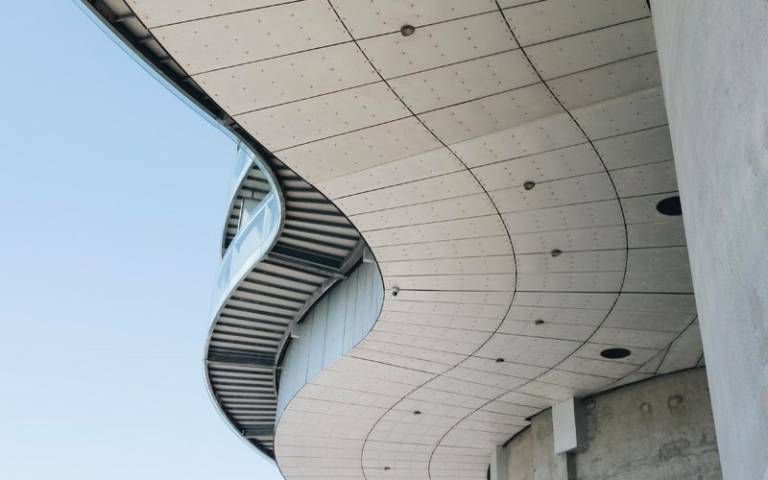This focus area aims to develop new connections for infill walls to enable deconstruction without damaging other parts, assisting with reuse of non-structural component materials.

Description
PDR1B Dr Shoma Kitayama, worked with Dr Ornella Iuorio at the University of Leeds. The project aimed to enable the circularity of external infill walls used for buildings in the UK and to facilitate the national effort toward achieving net zero by 2050.
The infill walls are removed during the refurbishment of the buildings to adapt spaces to new functions and/or to comply with new energy efficiency or humidity control targets. While a building is used typically for 60 years before it is demolished, the infill walls are used only for about 30 years. The infill walls are typically made of lightweight steel frames and gypsum boards.
A recent study showed that the lightweight steel frames for infill walls in multistorey buildings can be used for 100 years. The gypsum boards may also be used for a longer period than the current actual period (30 years from manufactured time to the recycled time).
The recycling of lightweight steel and gypsum boards incurs environmental burdens, as materials must be collected, sorted, transported, cleaned/pre-processed, and then re-manufactured. Thus, the project is currently investigating the possibility of reusing the whole infill walls and parts of infill walls (only gypsum board or only steel frames) that will reduce the amount of materials sent for the energy-intensive recycling processes.
The researchers planned the experimental study at the university laboratory, which was conducted in 2022 at the structural laboratory of the University of Leeds. Dr Shoma Kitayama was awarded the Alan Turing Institute Post-Doctoral Enrichment Awards in autumn 2022.
The design and test data were shared through publications and presentations at conferences as well as the ICEC-MCM centre meeting in May-23 in Birmingham. HLM Architects provided the Leeds researchers data of building construction for use in life cycle assessment. The life cycle assessment study evaluated how the deconstruction and reuse of infill walls affects the environmental performance of the building and results will be shared in a journal publication, currently under review.
 Close
Close

